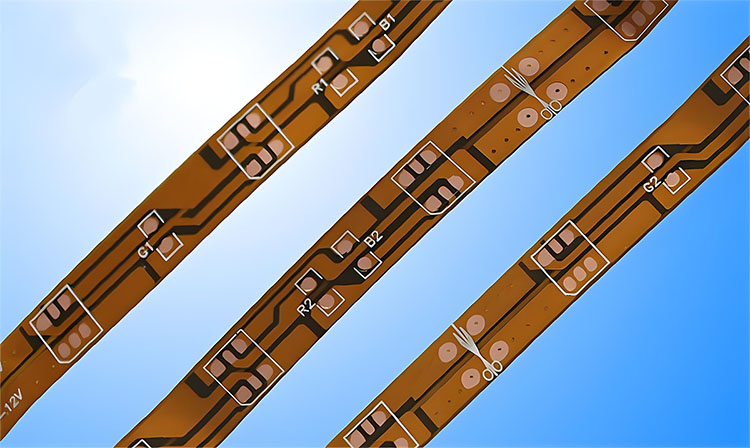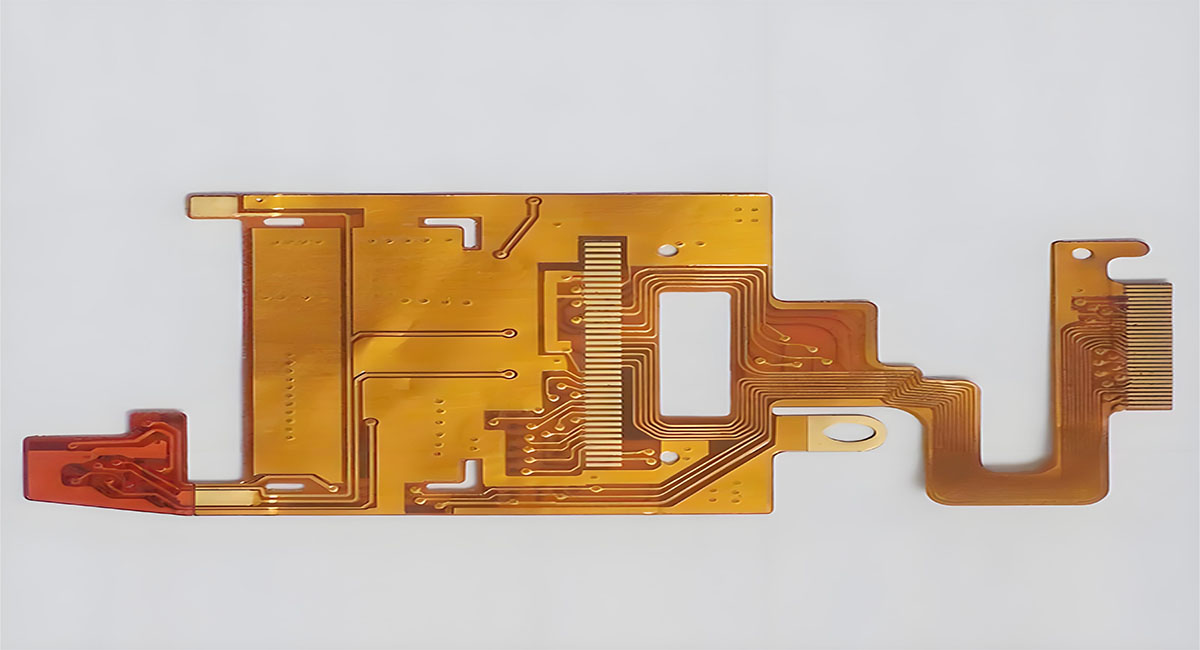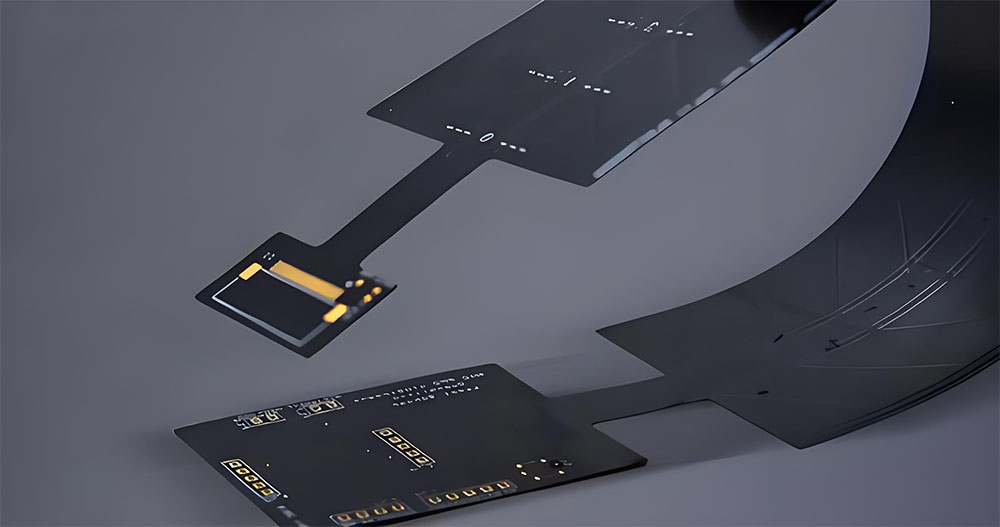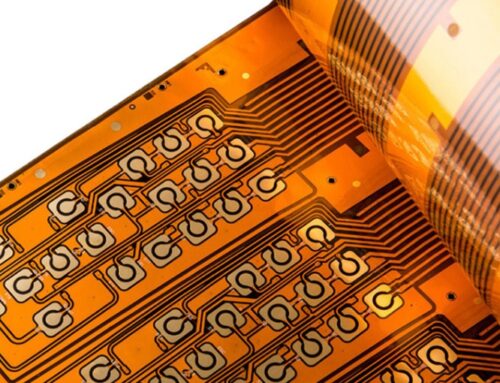Troubleshooting Common Issues and Solutions for Flexible PCBs
Introduction
Flexible PCBs (FPCBs) have revolutionized the electronics industry by offering unparalleled design flexibility, space savings, and performance enhancements. However, like any advanced technology, FPCBs come with their own set of challenges that need to be addressed to ensure optimal performance and reliability. This comprehensive guide, written with the insights of a professional engineer, will explore the common issues associated with FPCBs and provide detailed solutions to help you navigate these challenges effectively.

Common Issues in Flexible PCBs
Delamination
Delamination is a significant issue in flexible PCBs, where the layers of the PCB separate. This problem can arise from poor adhesion between layers, excessive thermal stress, or mechanical strain during operation. Delamination compromises the structural integrity of the PCB and can lead to electrical failures.
Cracking
Cracking is another critical issue in FPCBs, often caused by excessive bending, harsh environmental conditions, or inadequate material selection. Cracks can disrupt electrical pathways, leading to circuit failure and reduced lifespan of the PCB.
Signal Integrity Problems
Signal integrity problems are common in flexible PCBs due to their design and the materials used. These problems can manifest as signal loss, increased error rates, and reduced performance, often caused by electromagnetic interference (EMI) and improper impedance control.
Thermal Management Issues
Effective thermal management is crucial for the performance and longevity of flexible PCBs. Due to their thin and flexible nature, FPCBs can struggle with dissipating heat efficiently, leading to overheating and potential damage to components.
Manufacturing Defects
Manufacturing defects, such as misalignments, incomplete etching, and contamination, can significantly impact the performance and reliability of FPCBs. These defects are often the result of inadequate quality control during the production process.

Solutions to Common FPCB Issues
Preventing Delamination
– Material Selection: Choose high-quality adhesive materials with excellent thermal and mechanical properties to ensure robust layer adhesion.
– Lamination Techniques: Utilize proper lamination techniques, including uniform pressure and temperature control, to enhance adhesion between layers.
– Environmental Control: Maintain a controlled environment during the manufacturing process to prevent moisture and contaminants from affecting adhesion.
Addressing Cracking
– Optimized Design: Incorporate bend radii and other design considerations to distribute mechanical stress evenly across the FPCB.
– Material Choices: Select materials with high flexibility and tensile strength to withstand bending and environmental stress.
– Protective Coatings: Apply protective coatings to the FPCB to shield it from environmental factors that could cause cracking.
Enhancing Signal Integrity
– Shielding Techniques: Implement EMI shielding techniques to minimize electromagnetic interference and maintain signal integrity.
– Impedance Control: Design the FPCB with controlled impedance paths to ensure consistent signal transmission.
– Signal Routing: Optimize signal routing to reduce crosstalk and signal loss, ensuring reliable performance.
Improving Thermal Management
– Thermal Conductive Materials: Use materials with high thermal conductivity to improve heat dissipation.
– Heat Sinks and Vias: Incorporate heat sinks and thermal vias into the FPCB design to manage heat more effectively.
– Component Placement: Strategically place components to avoid hotspots and ensure even heat distribution across the PCB.
Reducing Manufacturing Defects
– Stringent Quality Control: Implement rigorous quality control measures throughout the manufacturing process to detect and address defects early.
– Precision Equipment: Utilize high-precision equipment for etching, drilling, and layering to ensure accurate production.
– Regular Inspections: Conduct regular inspections and testing to identify and rectify defects, ensuring high-quality FPCBs.

Gekun’s Commitment to Quality in Flexible PCBs
Gekun is dedicated to providing top-quality flexible PCBs that meet the demanding requirements of modern electronics. By leveraging advanced materials, cutting-edge manufacturing processes, and stringent quality control, Gekun ensures that each FPCB is reliable, durable, and performs optimally.
Innovation and Expertise: Gekun’s commitment to innovation and expertise in FPCB technology is unmatched. Their R&D team continuously explores new materials and techniques to enhance the performance and reliability of flexible PCBs.
Quality Assurance: Gekun’s rigorous quality assurance processes include environmental, electrical, and mechanical testing to ensure that each FPCB meets the highest standards of quality and reliability.
Customer Support: Gekun provides exceptional customer support, guiding clients through the design, manufacturing, and implementation stages to ensure satisfaction and success in their projects.
Conclusion
Flexible PCBs are essential to the advancement of modern electronics, offering unmatched design flexibility and performance. Addressing common issues such as delamination, cracking, signal integrity, thermal management, and manufacturing defects is crucial for maximizing the benefits of FPCBs. By implementing the solutions outlined in this guide and leveraging Gekun’s expertise and commitment to quality, manufacturers and designers can overcome these challenges and ensure the reliability and efficiency of their flexible PCB applications.







Leave A Comment